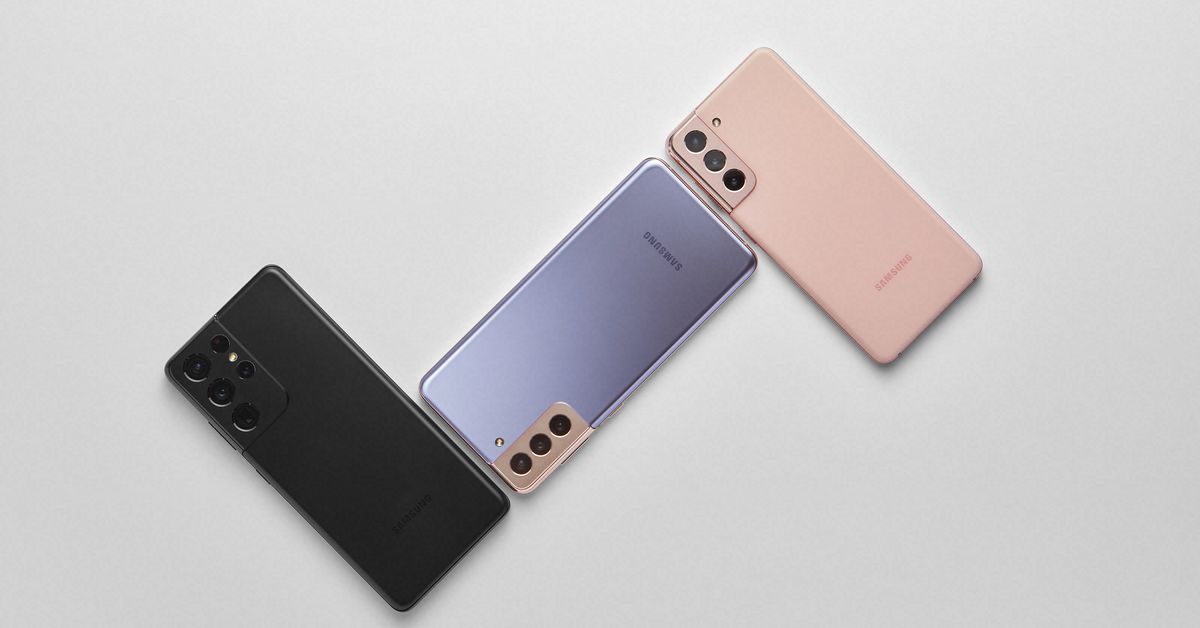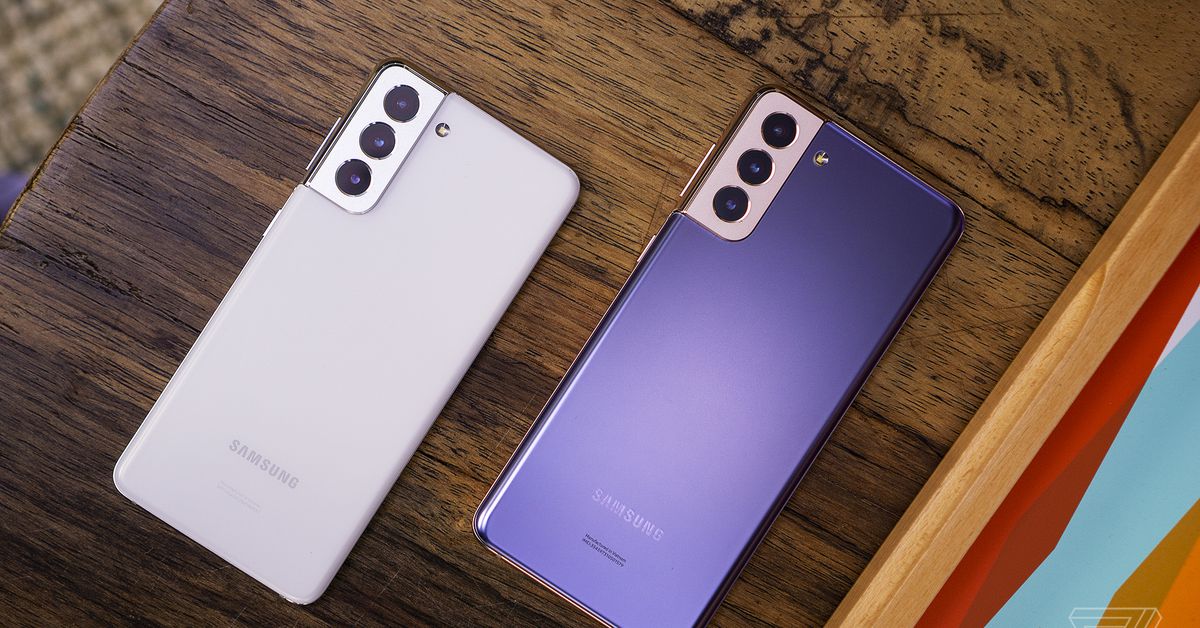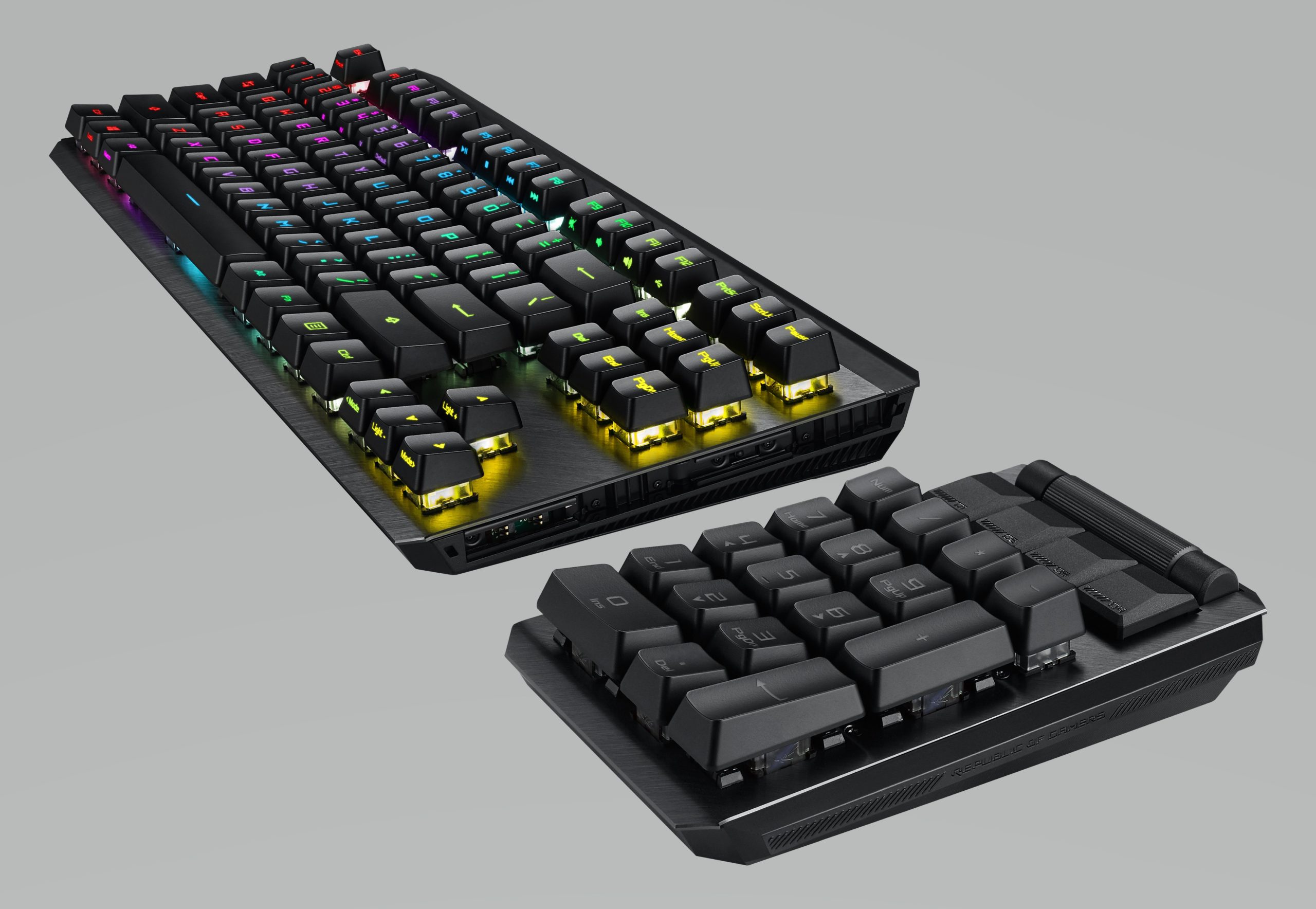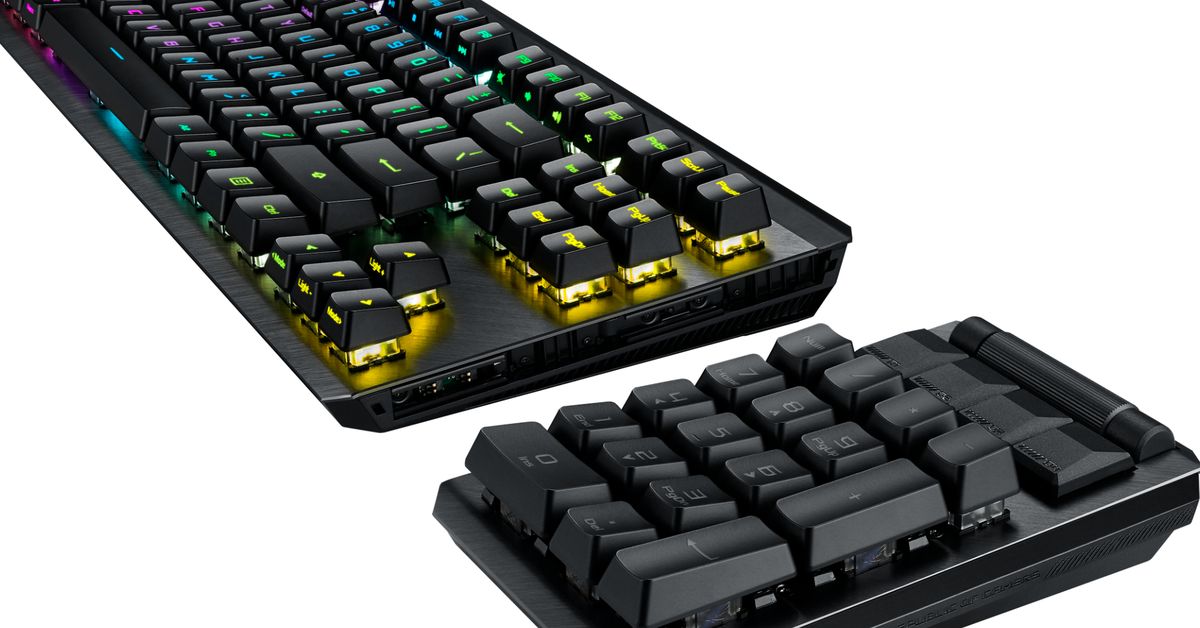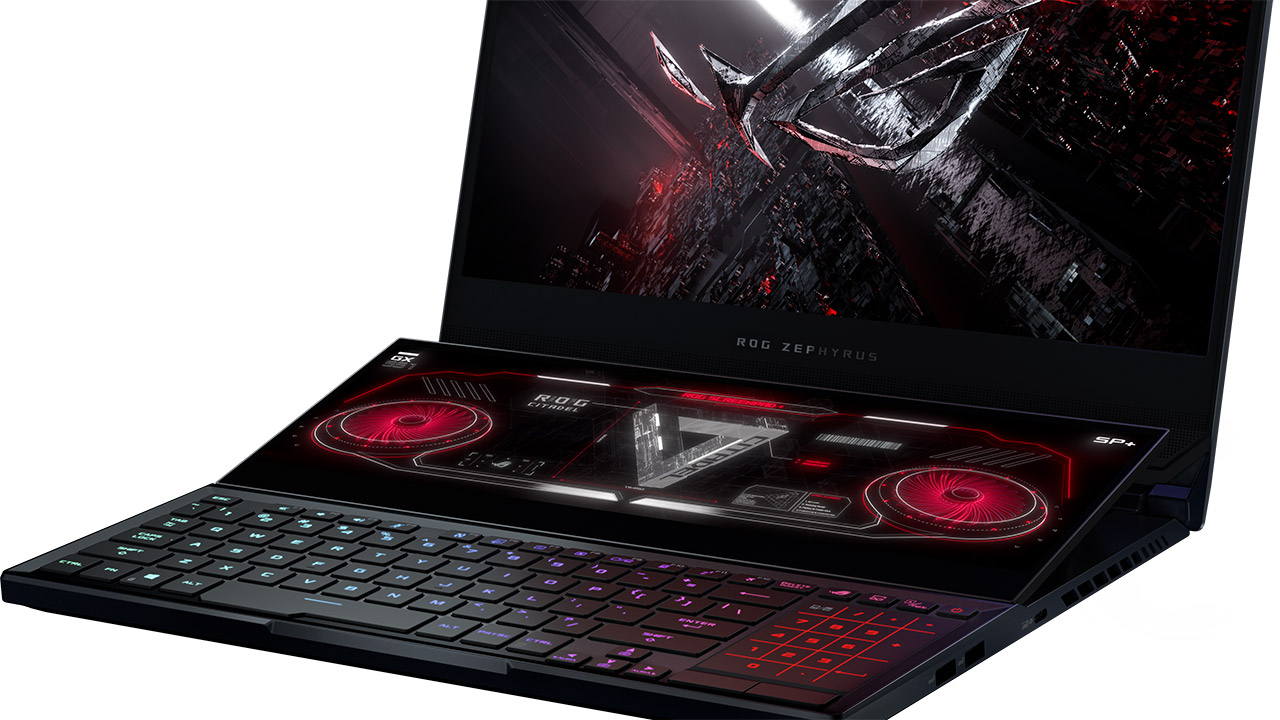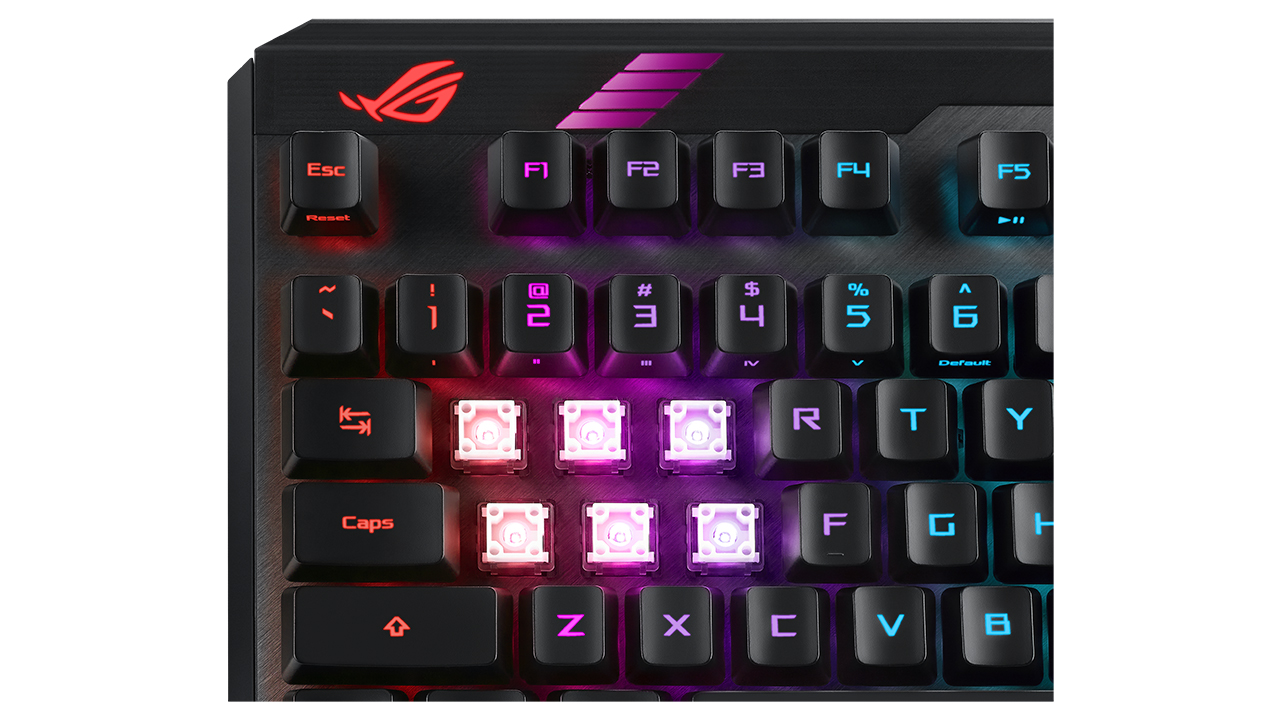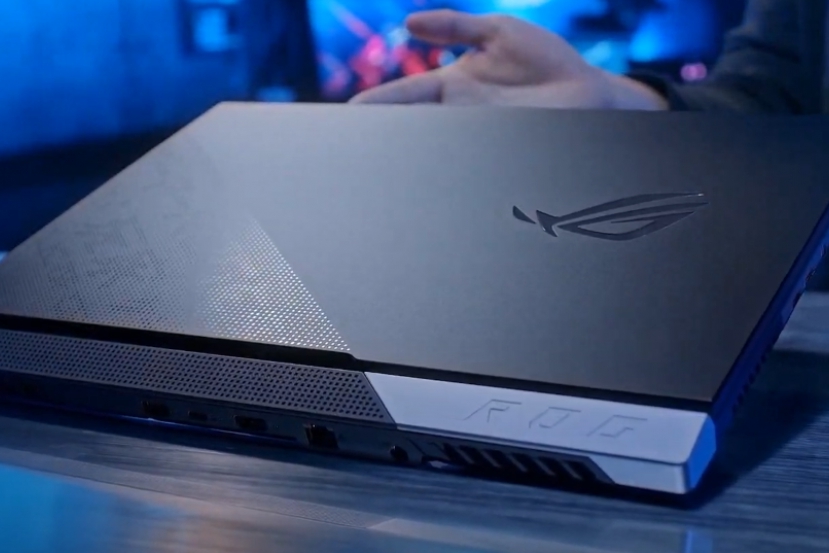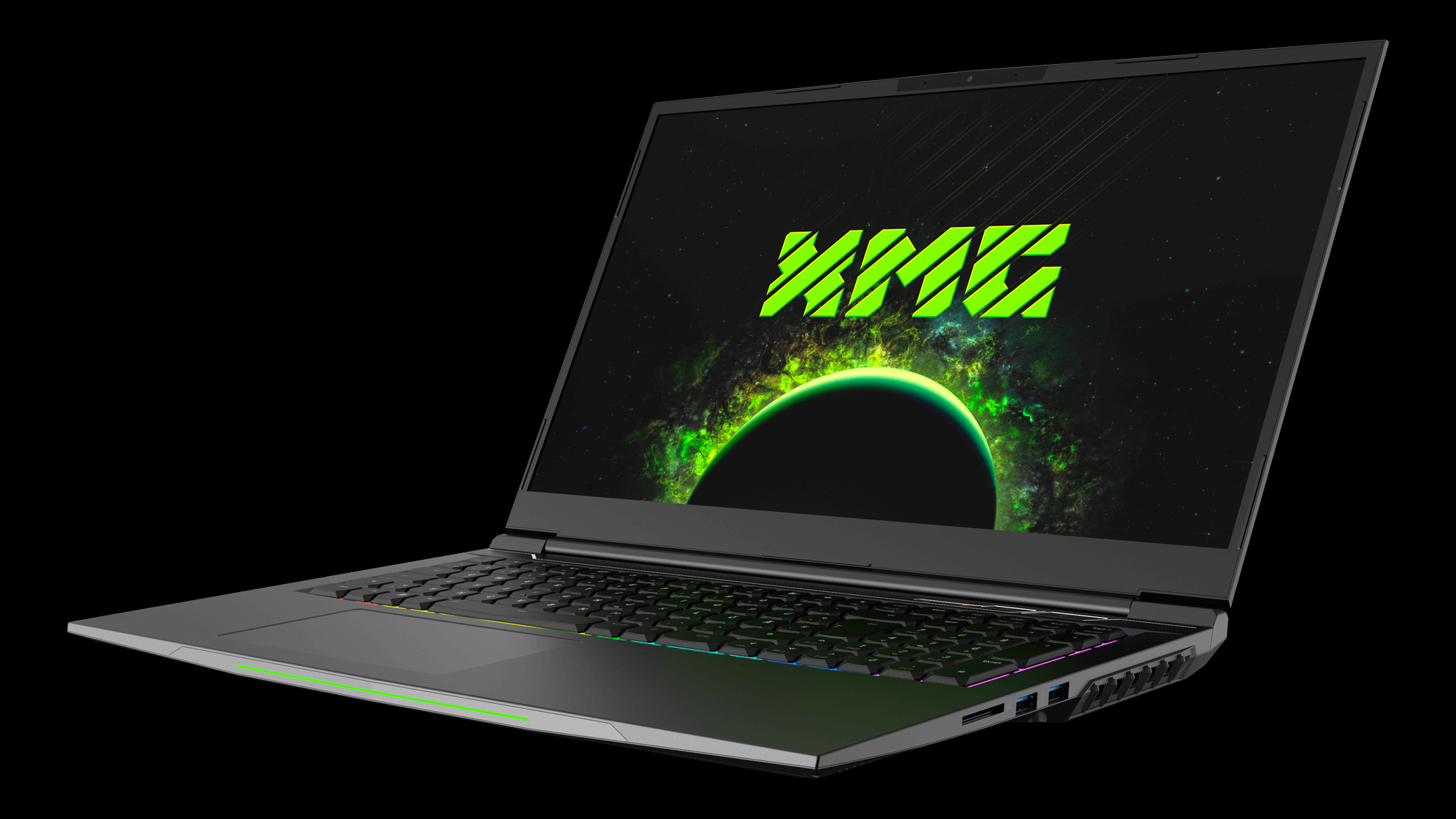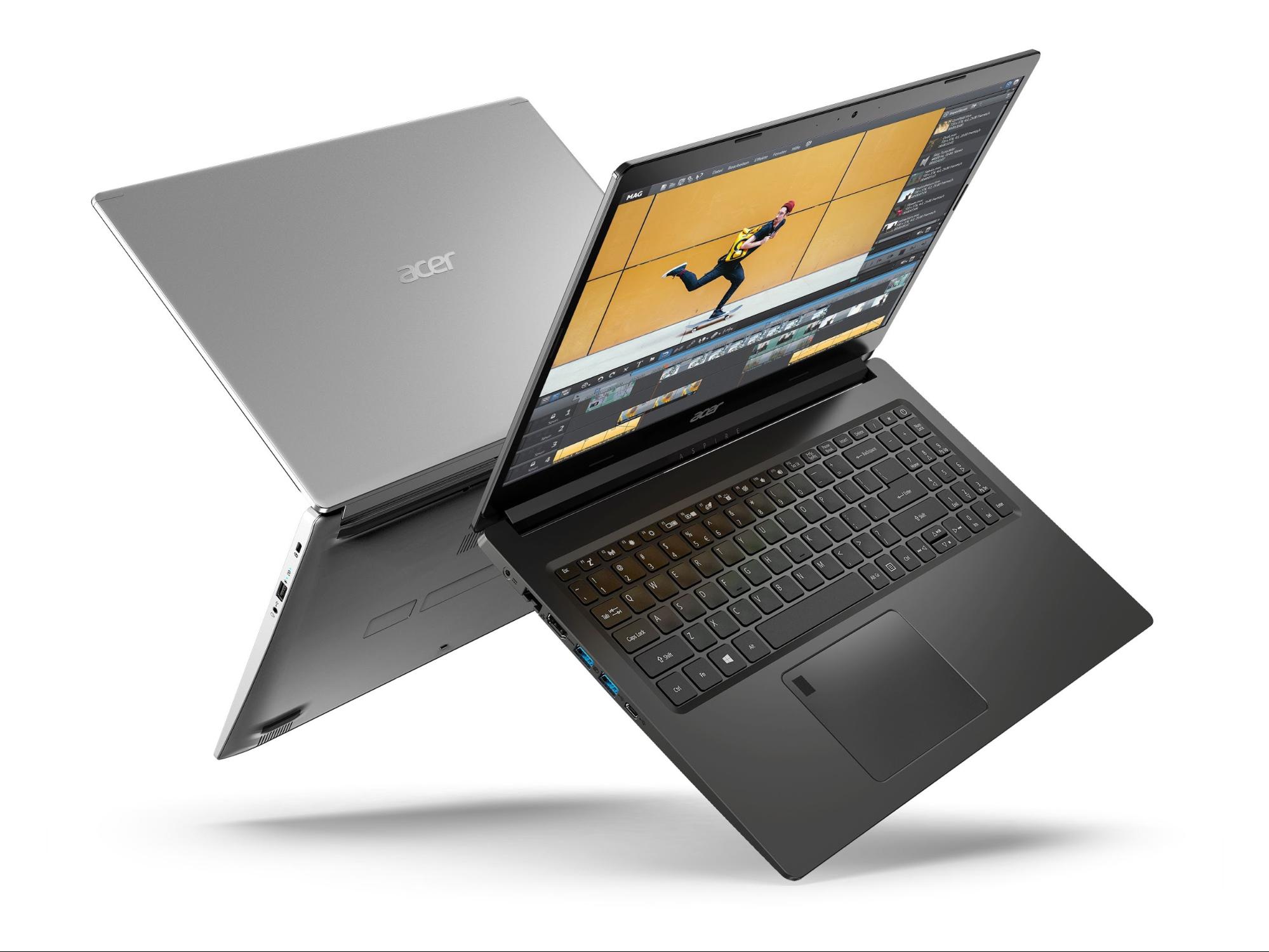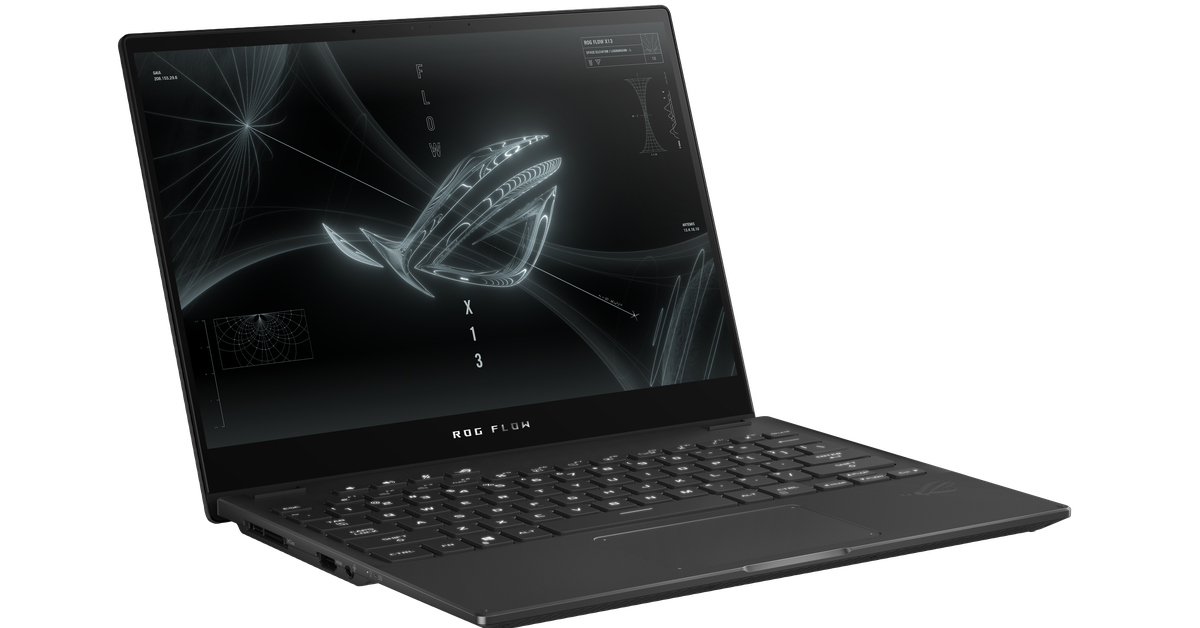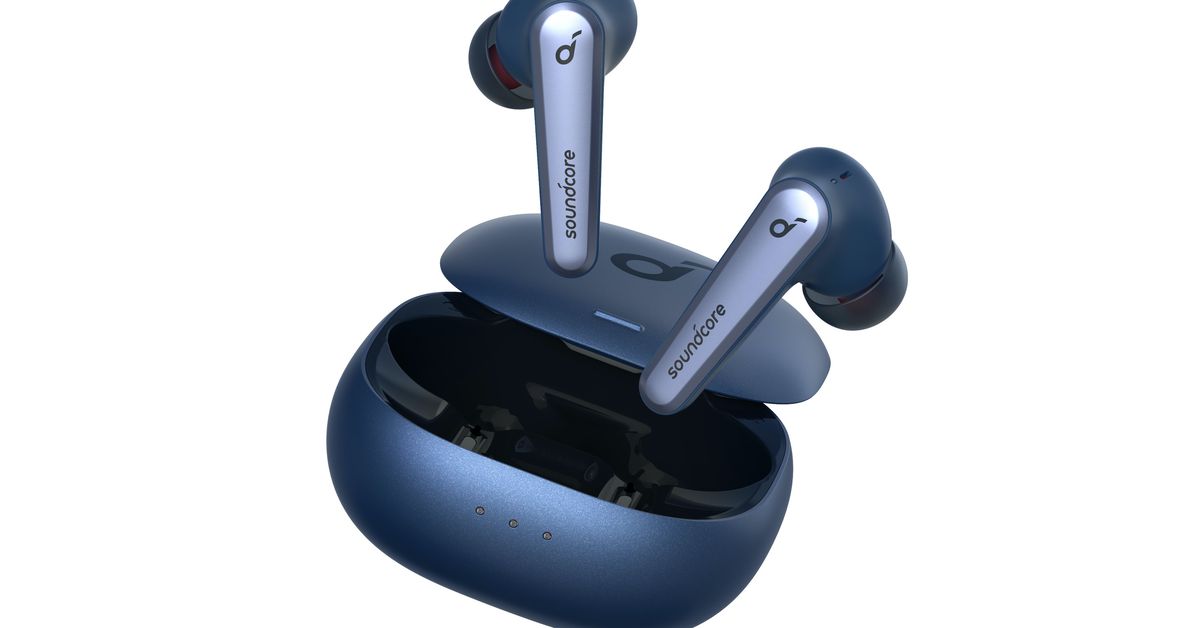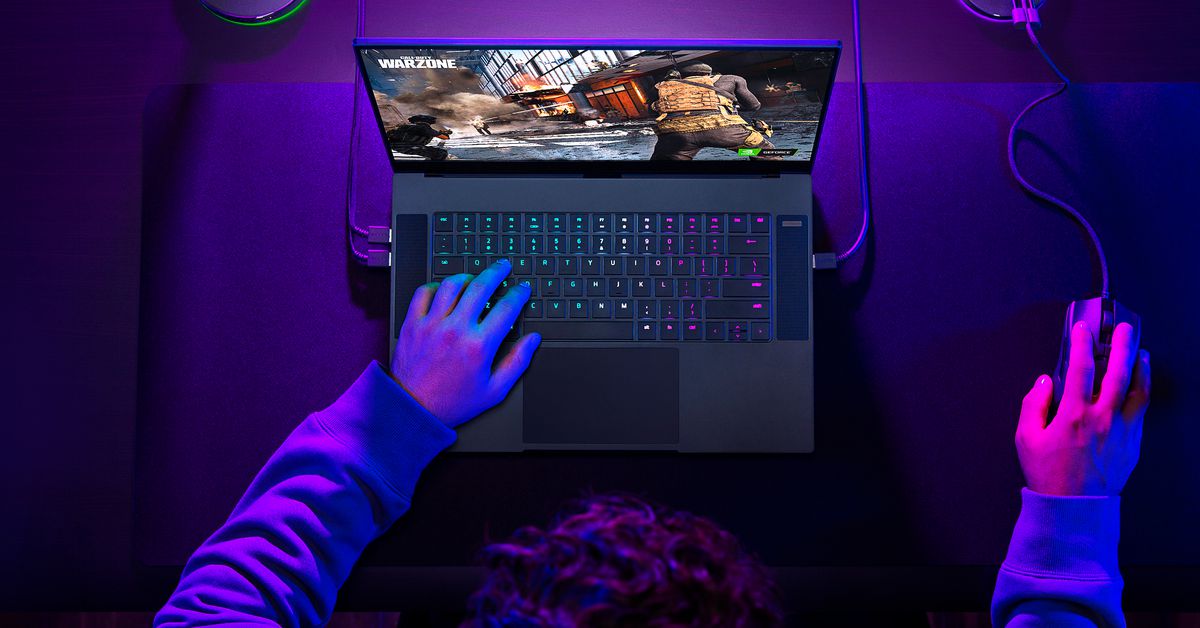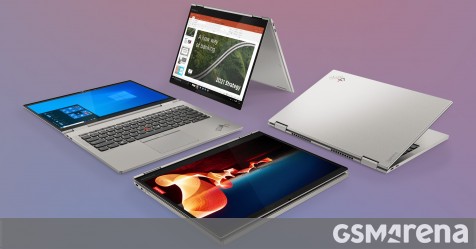Samsung’s Galaxy S-series 2021 updates are here, and they’re debuting a little earlier in the year than usual. Interestingly, the Galaxy S21, S21 Plus, and S21 Ultra represent slightly diverging strategies for the devices. The S21 includes some cost-saving measures, like a polycarbonate back, to bring it closer to midrange. Meanwhile, Samsung has pulled out any remaining stops with its top-end S21 Ultra, loading it with five cameras and adding S Pen support.
To be sure, there are still plenty of flagship-level features on the 6.2-inch S21. Like the Plus and Ultra, it uses a top-of-the-line Snapdragon 888 processor (or 5nm Exynos chipset outside the US). It features the same rear triple camera array as the S21 Plus and is built with IP68 waterproofing. The S21 Plus offers a couple of upgraded specs not included in the S21 that you’ll see in the table below, like a slightly bigger battery. It’s also, of course, the bigger device with a 6.7-inch screen, but the S21 and S21 Plus are more similar than not.
The S21 Ultra is another story — even at a glance, its flagship-iness is obvious. Its prominent camera bump includes two telephoto cameras in addition to a 108-megapixel standard wide and an ultrawide. It has a slightly bigger 6.8-inch screen with higher resolution, a bigger battery, more RAM, and a 40-megapixel selfie camera.
All of this will likely make it more clear to the prospective buyer which Galaxy S21 phone is the right one for them. But how do they stack up against the iPhone? Take a look at a detailed spec-by-spec comparison below. Note that for simplicity’s sake, we left the iPhone 12 mini out — it offers essentially the same specifications as the 12, just with a smaller form factor.
Samsung S21 series vs. iPhone 12, 12 Pro, and 12 Pro Max
| Category | Samsung Galaxy S21 | Samsung Galaxy S21 Plus | Samsung Galaxy S21 Ultra | iPhone 12 | iPhone 12 Pro | iPhone 12 Pro Max |
|---|---|---|---|---|---|---|
| Category | Samsung Galaxy S21 | Samsung Galaxy S21 Plus | Samsung Galaxy S21 Ultra | iPhone 12 | iPhone 12 Pro | iPhone 12 Pro Max |
| OS | Android 11 (One UI) | Android 11 (One UI) | Android 11 (One UI) | iOS 14 | iOS 14 | iOS 14 |
| Display | 6.2-inch AMOLED | 6.7-inch AMOLED | 6.8-inch AMOLED | 6.1 inches, OLED | 6.1 inches, OLED | 6.7 inches, OLED |
| Resolution | 2400 x 1080 | 2400 x 1080 | 3200 x 1440 | 2532 x 1170 | 2532 x 1170 | 2778 x 1284 |
| Refresh rate | up to 120Hz | up to 120Hz | up to 120Hz | 60Hz | 60Hz | 60Hz |
| Dimensions (mm) | 71.2 x 151.7 x 7.9 | 75.6 x 161.5 x 7.8 | 75.6 x 165.1 x 8.9 | 71.5 x 146.7 x 7.4 | 71.5 x 146.7 x 7.4 | 78.1 x 160.8 x 7.4 |
| Weight | 171g | 202g | 229g | 164g | 189g | 228g |
| Battery capacity | 4,000mAh | 4,800mAh | 5,000mAh | 2,815mAh | 2,815mAh | 3,687mAh |
| Processor | US: Snapdragon 888 | US: Snapdragon 888 | US: Snapdragon 888 | A14 Bionic | A14 Bionic | A14 Bionic |
| RAM | 8GB | 8GB | 12GB / 16GB | 4GB | 6GB | 6GB |
| Storage | 128GB, 256GB | 128GB, 256GB | 128GB, 256GB / 512GB | 64GB, 128GB, 256GB | 128GB, 256GB, 512GB | 128GB, 256GB, 512GB |
| Ports | USB-C charging port | USB-C charging port | USB-C charging port | Lightning port | Lightning port | Lightning port |
| Rear cameras | 12MP (f/1.8, OIS, Dual Pixel AF, 1.8µm) wide angle, 12MP (f/2.2, 1.4µm) ultrawide, 64MP (f/2.0, OIS, 0.8µm) 3X hybrid optic telephoto | 12MP (f/1.8, OIS, Dual Pixel AF, 1.8µm) wide angle, 12MP (f/2.2, 1.4µm) ultrawide, 64MP (f/2.0, OIS, 0.8µm) 3X hybrid optic telephoto | 108MP (f/1.8, OIS, 0.8µm) wide angle, 12MP (f/2.2, Dual Pixel AF, 1.4µm) ultrawide, 10MP (f/2.4, OIS, Dual Pixel AF, 1.22µm) 3X optical telephoto, 10MP (f/4.9, OIS, Dual Pixel AF, 1.22µm) 10X optical telephoto | 12MP (f/1.6, OIS, Dual Pixel AF, 1.4µm) wide angle, 12MP (f/2.4) ultrawide | 12MP (f/2.4) ultrawide, 12MP (f/1.6, Dual Pixel AF, OIS, 1.4µm) wide, 12MP (f/2.0, OIS, 1.0µm) 2X telephoto | 12MP (f/2.4) ultrawide, 12MP (f/1.6, Dual Pixel AF, IBIS) wide, 12MP (f/2.2, OIS, 1.0µm) 2.5X telephoto |
| Front cameras | 10MP (f/2.2, autofocus) | 10MP (f/2.2, autofocus) | 40MP (f/2.2, autofocus) | 12MP (f/2.2) | 12MP (f/2.2) | 12MP (f/2.2) |
| Biometrics | Fingerprint, face recognition | Fingerprint, face recognition | Fingerprint, face recognition | Face ID | Face ID | Face ID |
| Waterproof | IP68 | IP68 | IP68 | IP68 | IP68 | IP68 |
| Wireless charging | Yes | Yes | Yes | Yes | Yes | Yes |
| 5G | mmWave and sub-6GHz | mmWave and sub-6GHz | mmWave and sub-6GHz | mmWave and sub-6GHz | mmWave and sub-6GHz | mmWave and sub-6GHz |
| Starting price | $799 | $999 | $1,199 | $829 | $999 | $1,099 |
Samsung S21 vs. iPhone 12
